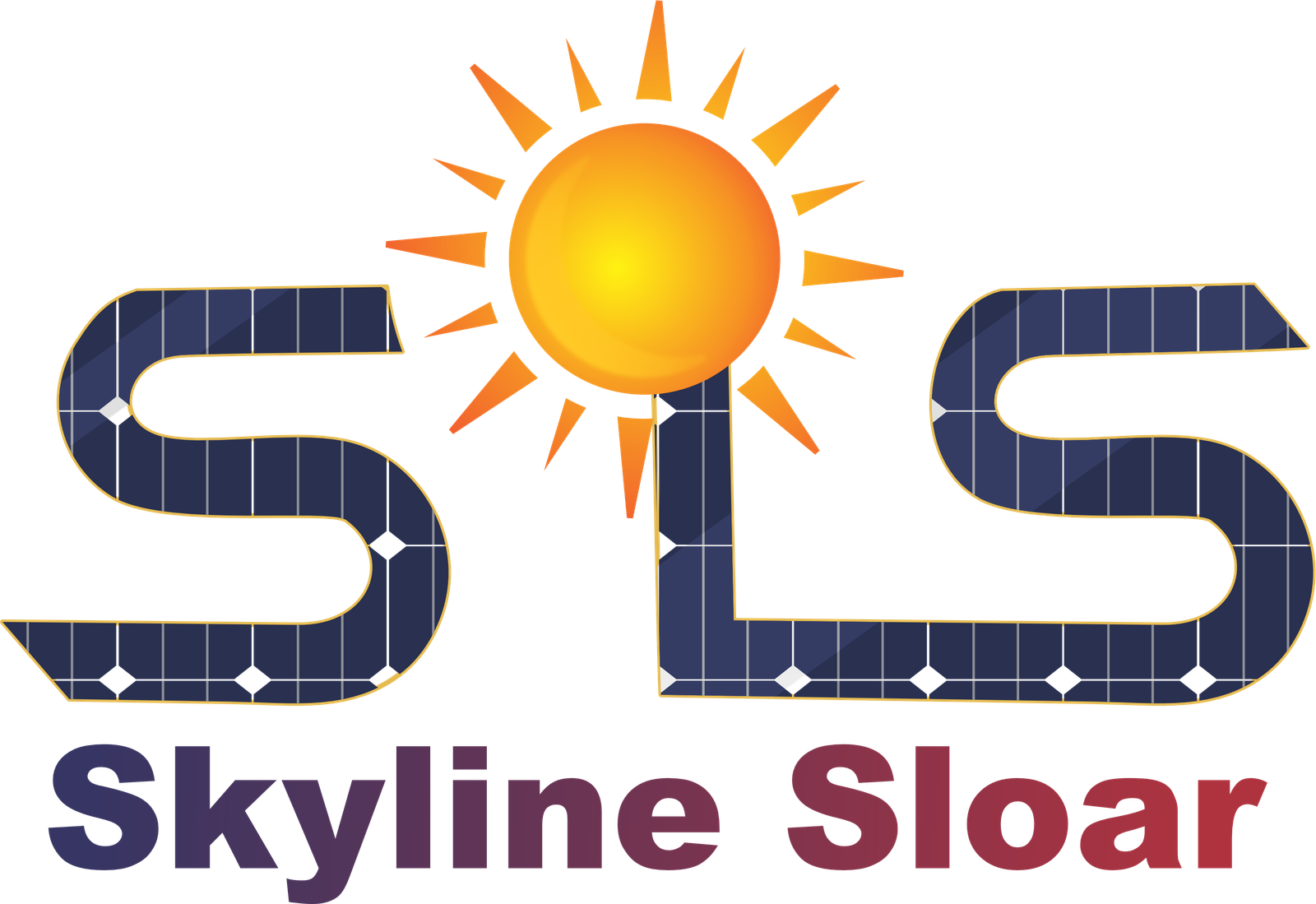“Solar panel costs have dropped significantly over time. This is because technology has improved, making panels more efficient and cheaper to produce. Also, government support and increased demand have helped. As a result, solar power is now more affordable and accessible for everyone.”
Affordability:
While the long-term savings from solar energy are clear, the upfront cost of purchasing and installing solar panels can be a significant barrier for many individuals and businesses. Even though solar panel prices have decreased over time, the initial investment can still be daunting for those with limited financial resources or those on a tight budget.

ROI Uncertainty:
Understanding the return on investment (ROI) of solar panels involves considering factors such as energy savings, government incentives, financing options, and the lifespan of the solar panel system. This complexity can make it challenging for individuals and businesses to accurately assess the financial benefits of investing in solar energy, leading to uncertainty and hesitation.

High Upfront Costs:
The upfront costs of purchasing and installing a solar panel system include not only the cost of the panels themselves but also expenses associated with permits, installation labor, mounting equipment, and inverter systems. While solar panel prices have decreased significantly in recent years, these upfront costs can still be substantial, especially for larger installations or commercial projects.

Limited Financing Options:
While there are various financing options available for solar panel installations, such as solar loans, leases, power purchase agreements (PPAs), and solar financing programs, not everyone may qualify for these options. Limited access to financing or low credit scores can make it challenging for some individuals or businesses to afford solar panel installations, despite the potential long-term savings.

Installation Challenges:
Installing solar panels requires finding qualified installers and navigating local regulations and building codes. Finding reputable installers who are experienced and knowledgeable can be a challenge, and the installation process itself can be complex and time-consuming. Additionally, obtaining permits and approvals from local authorities can add to the overall timeline and cost of the project.

Maintenance Costs:
While solar panels generally require minimal maintenance compared to other energy systems, there may still be occasional maintenance or repair costs associated with keeping the system running efficiently. Issues such as equipment malfunction, damage from severe weather, or warranty-related repairs can result in unexpected expenses for homeowners or businesses.

FAQ’s
Q: Why have solar panel costs decreased over time?
A: Solar panel costs have decreased due to technological advancements, economies of scale, increased competition among manufacturers, and supportive government policies and incentives.
Q: How much have solar panel costs decreased in recent years?
A: Solar panel costs have decreased significantly over the past decade, with prices dropping by approximately 70-80% since 2010, according to industry reports.
Q: Are solar panels affordable for homeowners and businesses?
A: Yes, solar panels have become increasingly affordable for homeowners and businesses due to declining costs and various financing options, such as solar loans, leases, and power purchase agreements (PPAs).
Q: What factors contribute to the cost of solar panels?
A: The cost of solar panels is influenced by factors such as the quality and efficiency of the panels, installation costs, permitting and regulatory requirements, incentives and rebates, and local market conditions.
Conclusion:
In conclusion, the trends in solar panel costs have been remarkable, witnessing a significant decline over the past few decades. This reduction has been propelled by advancements in technology, economies of scale, and supportive government policies. As a result, solar energy has become increasingly affordable and accessible for homeowners and businesses alike. Looking ahead, continued innovation and market dynamics are expected to drive further reductions in solar panel costs, accelerating the transition towards a more sustainable and renewable energy future.






